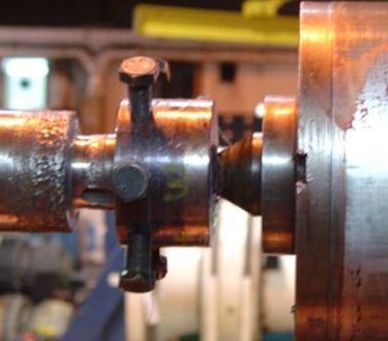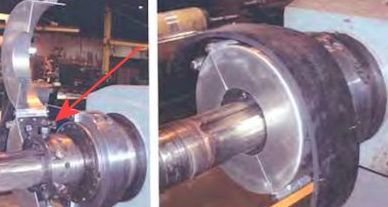Safeguard Education and Training
The KSA Education and Training Model
The Program should include an element that addresses safety training requirements. The KSA Education and Training Model is a systematic approach designed to ensure workers gain the necessary Knowledge (K), Skills (S), and Abilities (A) required to safely and effectively perform tasks involving machinery and equipment.
- Instruction to Gain Knowledge: This phase involves teaching learners about safety principles and procedures through formal instruction. The goal is to increase awareness and understanding of specific safety topics, such as machine guarding, enabling workers to identify hazards and comprehend protective measures.
- Training to Gain Skills: After acquiring knowledge, learners participate in hands-on training to apply what they have learned. This practical training helps develop the initial skills needed to safely operate, maintain, or set up machinery with proper safeguards.
- Experience to Gain Abilities: The final phase involves applying the newly acquired skills in the workplace under supervision. This real-world experience allows workers to refine their abilities, build confidence, and achieve proficiency in safe machine operation and maintenance.
KSA Application for Machine Guarding
Implementing the KSA model in machine guarding is critical for ensuring worker safety. Education and training must be provided to the following groups:
- New machine operators
- Maintenance and setup personnel
- Employees assigned to work on new or altered machinery safeguards
- Any worker operating or working near machines with safeguards
All employees exposed to machinery safeguards must receive comprehensive education and training that includes:
- Instruction: Understanding the requirements and proper procedures for working safely with machine safeguards to gain knowledge.
- Hands-on Training: Practical, supervised training involving maintenance, servicing, and repair of safeguards to develop necessary skills.
- Workplace Experience: Supervised application of skills on the job to build experience and improve abilities in handling hazardous equipment.
Key Topics to Cover in Machine Guarding KSA Training
- Identification and Description of Safeguards: Learn to recognize the specific types of safeguards installed on machines and understand the associated hazards.
- Function and Purpose of Safeguards: Understand how each safeguard provides protection and which specific hazards it addresses.
- Strict Prohibition on Bypassing Safeguards: Emphasize that circumventing or disabling safeguards is absolutely forbidden due to the risk of serious injury.
- Safeguard Removal Procedures: Instructions and practice on how safeguards may be removed, repaired, and reinstalled by authorized workers.
- Reporting Unsafe Conditions: Clear guidance on the mandatory steps to take if a safeguard is damaged, missing, or fails to provide adequate protection—such as deenergizing machines, placing warning or temporary barrier, and notifying supervisors immediately.
Tell a story
One of the most effective safety training techniques to emphasize the importance of using safe work practices is to tell a story about an actual machine guarding accident. Describe how the accident happened and what safeguarding measures would have prevented it. Emphasize that had maintenance and operator workers been properly trained, the hazard would have been controlled, and the worker would not have been exposed to the rotating shaft — saving his life.
A paper mill employee was killed after he became entangled in a rotating shaft at the company's paper mill. The worker, employed at the company for less than two weeks, was buffing the shaft when his clothing got caught on the rotating bolt heads of the shaft.
Knowledge Check Choose the best answer for the question.
6-9. What is one of the most effective safety training techniques to emphasize the importance of safe work practices?
You forgot to answer the question!


